Published 22 Oct 2008
URL: http://www.kingcorn.org/news/articles.08/GrainDrydown-1022.html
Wet Grain a Surprise to Some Growers
R.L. (Bob) Nielsen
Agronomy Dept., Purdue Univ.
West Lafayette, IN 47907-2054
Email address: rnielsen
at purdue.edu
![]() ver
the past week or so, I have received several questions from growers and consultants
in the northern half of the state about the apparent slow drydown of this
year's corn crop in the field. Some have reported that grain moisture content
of late April to early May planted corn remains in the low 20's and does not
appear to be drying "normally" in the field prior to harvest. For
what it is worth, here are my thoughts.
ver
the past week or so, I have received several questions from growers and consultants
in the northern half of the state about the apparent slow drydown of this
year's corn crop in the field. Some have reported that grain moisture content
of late April to early May planted corn remains in the low 20's and does not
appear to be drying "normally" in the field prior to harvest. For
what it is worth, here are my thoughts.
First of all, let's remember that the development of the 2008 corn crop statewide, as reported by weekly USDA-NASS crop progress reports, has lagged behind the 5-year average most of the summer. The first 50% of the state's corn acres was planted about 1 week behind the 5-year average, while the final half of the crop was planted about on par with the 5-year average (Fig. 1). A relatively cool June further delayed the crop's development to the extent that silking of the corn crop statewide occurred about two weeks behind the 5-year average (Fig. 2). By this point, the 2008 crop development was tracking closely with the similarly slow crop years of 2002 and 2003; and continued to do so through maturity of the crop (Fig. 3). A relatively cool August certainly did not help the crop progress "catch up".
Quite naturally, harvest of the 2008 corn crop to date has also lagged 1 to 2 weeks behind the 5-year average (Fig. 4) because of the later than desired maturation of the grain and the accompanying calendar delay in field drydown of the grain. Daily rate of field drydown is naturally influenced by the calendar date by which the grain matures. The later grain matures, the smaller the daily rate of drydown simply because of the typically cooler days. Average daily drydown rates will range from about 0.8 percentage point per day for grain that nears maturity in late August to about 0.4 percentage point per day for grain that nears maturity in mid- to late September (Nielsen, 2008b) .
The harvest grain moistures reported by the USDA in their weekly reports have been also tracking closely with those of the 2002 harvest season, but drier than 2003 (Fig. 5). So, all in all, I would argue that this year's harvest grain moistures are not as unusual as they appear to be.
Some will contend that even considering these statistics, grain moisture at this point in the season is higher than they expected to see. Some have reported that grain moisture in specific fields has remained in the low 20's for the past one to two weeks even though we've had our share of sunny, low humidity days.
I do not have a definitive explanation for such reports, other than to remind folks that estimated daily drydown rates for 10 of the past 21 days have been 0.4 percentage points per day or less (Fig. 6). For fields where grain maturation only occurred in the last days of September (not uncommon for corn planted late April to early May in the northern half of Indiana), there has honestly not been that many good days of field drying since. Couple that with normal hybrid variability for drydown rates, I'm not that surprised that some early-planted fields are still testing in the low 20's.
That's my story and I'm sticking to it.
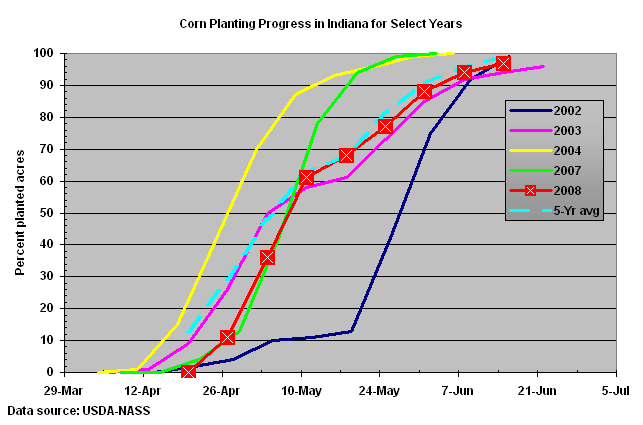
Fig. 1. Corn planting progress in Indiana for select years.
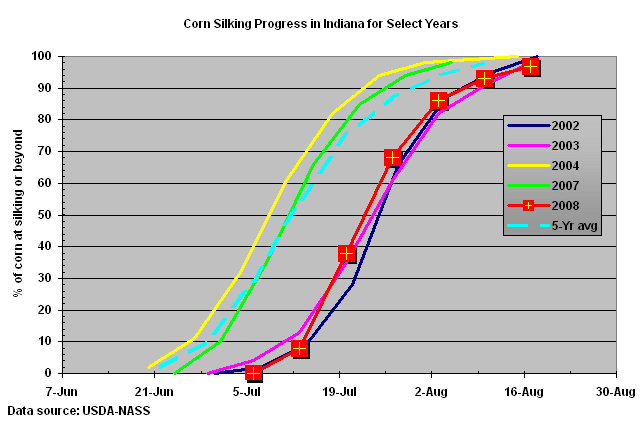
Fig. 2. Corn silking progress in Indiana for select years.
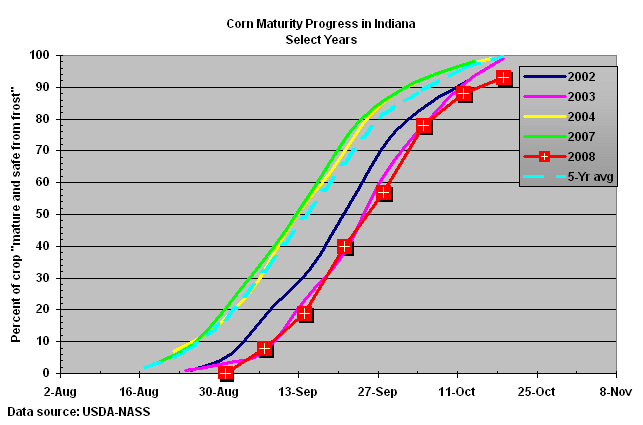
Fig. 3. Corn maturity progress in Indiana for select years.
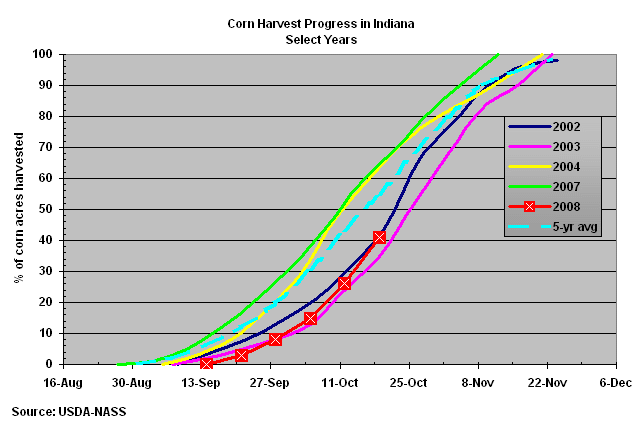
Fig. 4. Corn harvest progress in Indiana for select years.
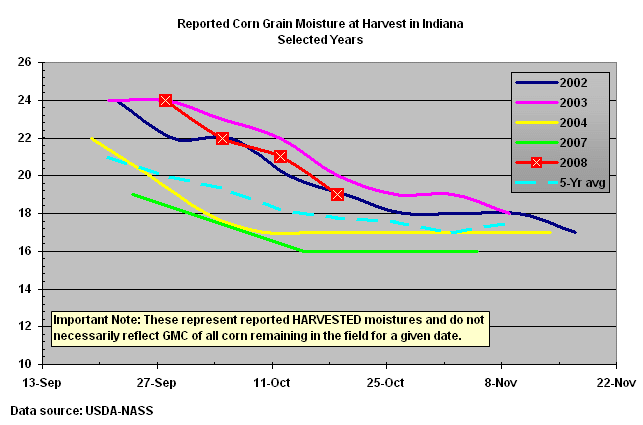
Fig. 5. Reported grain moisture at harvest for Indiana corn in select years.
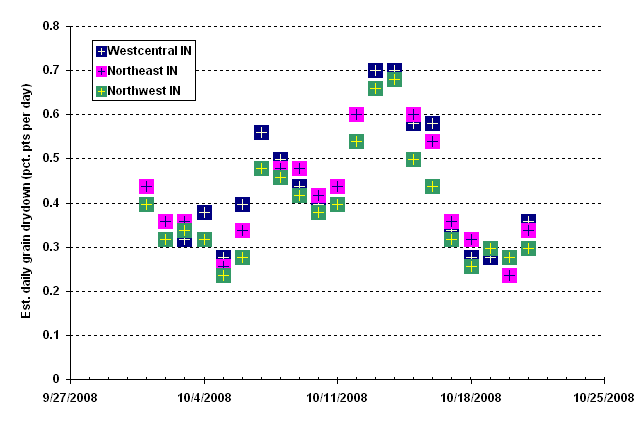
Fig. 6. Estimated daily drydown rates for corn in selected regions of Indiana,
Oct 1 - 21, 2008. Estimates
based on relationships described in Nielsen,
2008a.
Related References
Nielsen, R.L. (Bob). 2008a. Corn Crop Continues Slow Progress. Corny News Network, Purdue Univ. [on-line]. Available at http://www.kingcorn.org/news/articles.08/CropProgress-0903.html (URL accessed 10/22/08).
Nielsen, R.L. (Bob). 2008b. Field Drydown of Mature Corn Grain. Corny News Network, Purdue Univ. [on-line]. Available at http://www.kingcorn.org/news/timeless/GrainDrying.html (URL accessed 10/22/08).
USDA-NASS. 2008. Indiana Crop & Weather Report. USDA, National Ag Statistics Service, Indiana Office. [on-line]. Available at http://www.nass.usda.gov/Statistics_by_State/Indiana/Publications/Crop_Progress_&_Condition/index.asp (URL accessed 10/22/08).

